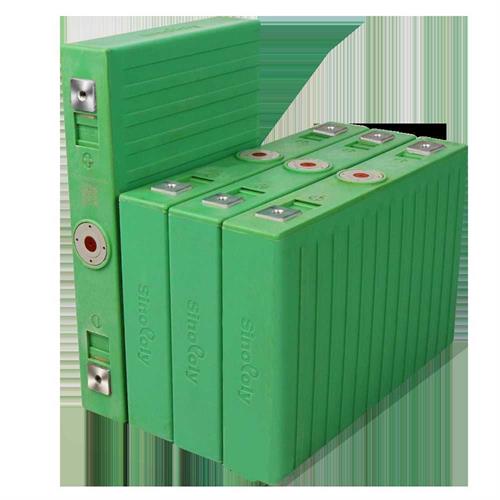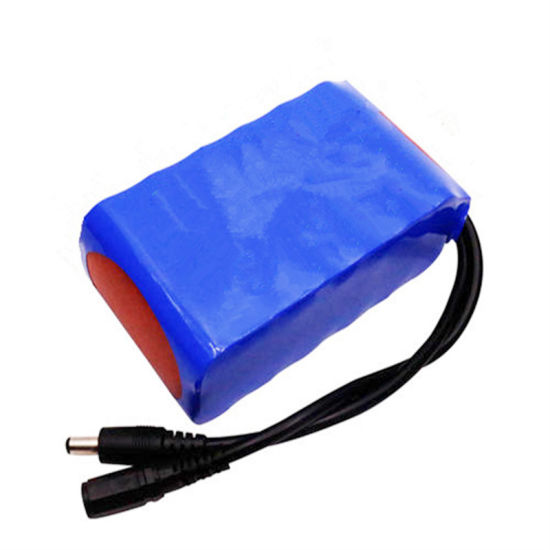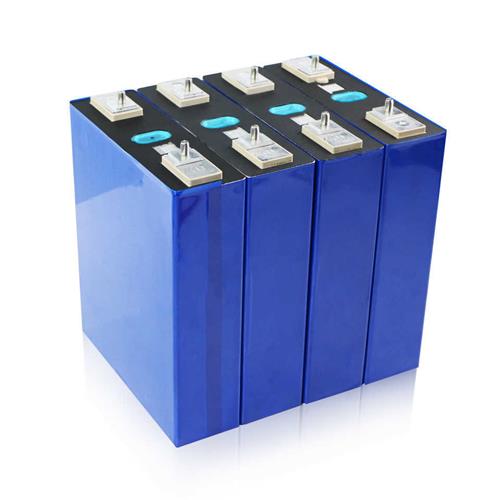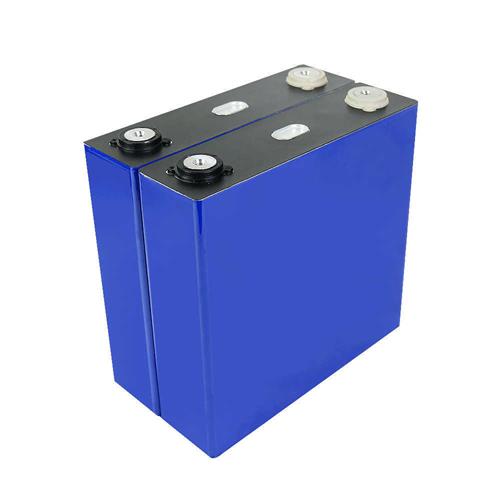A Comparative Analysis of Lithium Iron Phosphate Batteries and Ternary Lithium Batteries
A Comparative Analysis of Lithium Iron Phosphate Batteries and Ternary Lithium Batteries
Introduction to Lithium Batteries
Lithium batteries have become the backbone of modern energy storage solutions, powering everything from smartphones to electric vehicles (EVs). Two popular types of lithium batteries are Lithium Iron Phosphate (LiFePO4) batteries and Ternary Lithium batteries (often composed of nickel, cobalt, and manganese). Each type of battery comes with its unique characteristics, advantages, and drawbacks, catering to diverse applications in today’s fast-paced technological landscape. This article aims to compare these two battery types in terms of performance, safety, lifespan, and environmental impact.
Performance Analysis
When it comes to performance, ternary lithium batteries often lead the pack. With higher energy density, they offer more power in a compact size, making them ideal for applications requiring a longer driving range, such as in electric vehicles. On the other hand, Lithium Iron Phosphate batteries, though lower in energy density, excel in thermal stability and charge/discharge rates. This makes them a preferred choice for applications demanding high current discharge—particularly in electric buses and energy storage systems where efficiency in high-demand situations is crucial.
Safety Features
Safety is a paramount consideration when evaluating battery technologies. Lithium Iron Phosphate batteries are known for their enhanced safety profile. Their chemical stability reduces the risks of thermal runaway, which can lead to fires or explosions. In contrast, ternary lithium batteries, while efficient, present a higher risk of overheating and must be paired with sophisticated battery management systems to mitigate these risks. This variance in safety can significantly influence the choice of battery technology in safety-sensitive applications.

Lifespan and Durability
Battery longevity is another essential factor for consumers and manufacturers alike. Lithium Iron Phosphate batteries enjoy a longer cycle life, often exceeding 2000 charge cycles. Their robust chemical stability contributes to minimal degradation over time, making them an excellent option for applications requiring long-term reliability. Conversely, ternary lithium batteries typically offer shorter cycle lives—usually around 1000 to 1500 cycles—often showing signs of capacity loss more quickly. The choice between these two types often hinges on the required lifespan based on user needs.
Environmental Considerations
As we become more aware of our ecological footprint, the environmental impact of battery production and disposal is receiving increased scrutiny. Lithium Iron Phosphate batteries score points for being more environmentally friendly, as iron and phosphate are abundant and less hazardous materials compared to the cobalt used in ternary batteries. The mining and refining processes of cobalt raise ethical concerns, including human rights issues and ecological degradation. Thus, selecting Lithium Iron Phosphate can be viewed as a more sustainable choice.
Conclusion: Choosing the Right Battery for Your Needs

When deciding between Lithium Iron Phosphate and Ternary Lithium batteries, it's essential to weigh their distinct advantages and drawbacks. If safety, longevity, and eco-friendliness are your top priorities, Lithium Iron Phosphate batteries present a compelling option. However, if performance, energy density, and compactness are of utmost importance, especially in high-performance applications, ternary lithium batteries might be the better choice. Ultimately, the decision should align with specific use cases, taking into account the operational demands and environmental responsibility.

